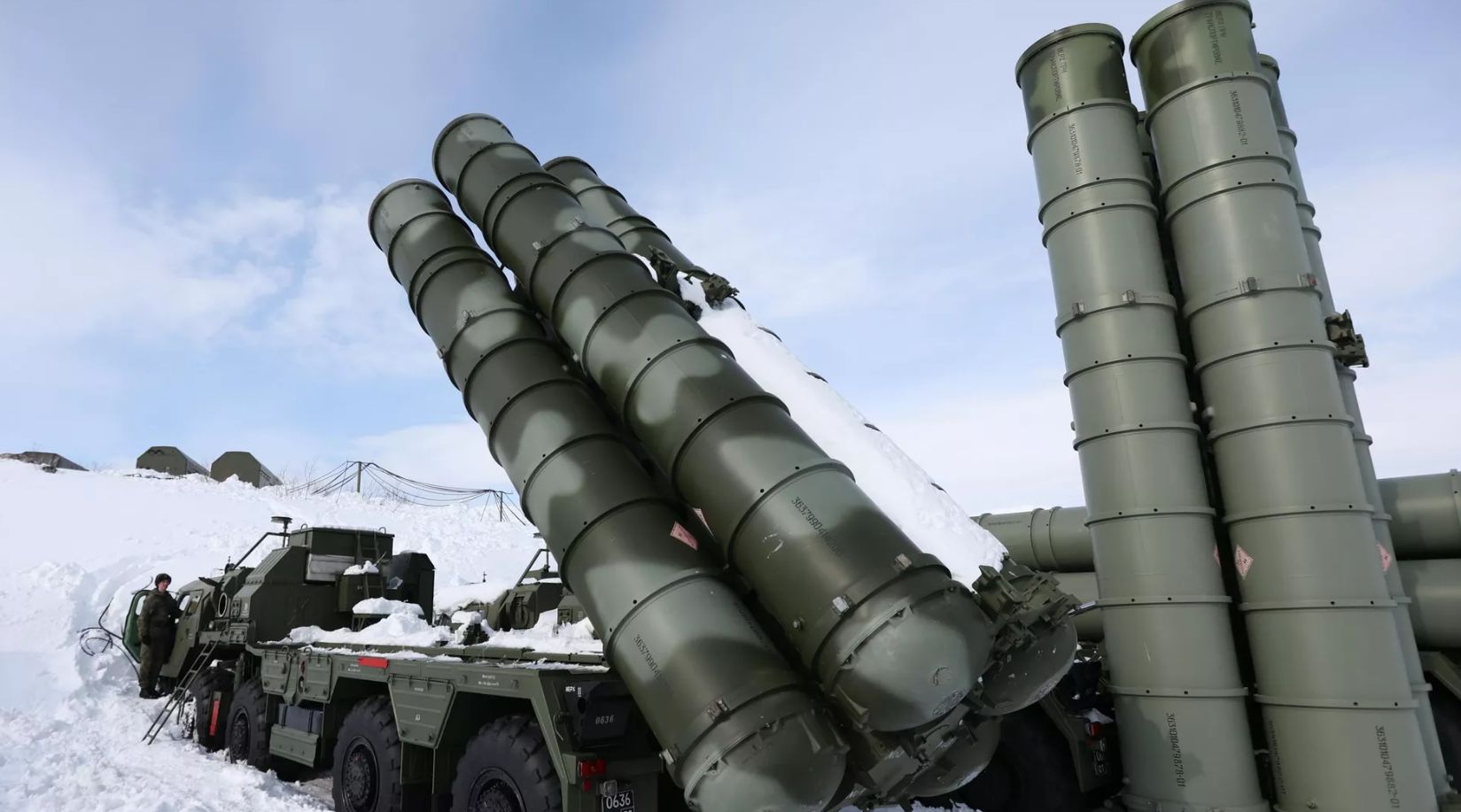Russian military officials have revealed that F-16 fighters that are soon to reach Ukraine can be shot down by pairing the A-50 Airborne Warning and Control System (AWACS) with the S-400 missile that has a range of nearly 400 kilometers.
China Tried ‘Stealing’ CH-47 Chinook Helicopter; Wanted To Land It On Its Aircraft Carrier – Taiwan Media
Western analysts have long judged the F-16 as being overall vulnerable to the Russian Air Force (RuAF) and surface-to-air missiles (SAM), possibly not radically altering the battlefield situation as expected.
But the unofficial revelation of the technical and tactical procedures Russian air defense crews might employ is a surprise. It bares either a comfortable confidence among Russian commanders or a propaganda motive.
Ukrainian pilots are being trained on F-16s at a new facility based in Romania that was inaugurated by Romanian Defense Minister Angel Tîlvăr and his Dutch counterpart Kajsa Ollongren at an air base east of Bucharest. Ukraine is expected to begin operating the fighters by mid-2024.
THAAD For Ukraine? Zelensky Says Set To Deploy ‘Very Powerful Air Defense Systems’ To Counter Russia
S-400, A-50 Vs. F-16
Izvestia quoted an unnamed official: “The S-400 uses the 40N6 ultra-long-range anti-aircraft guided missile. Thanks to this missile, the S-400, in conjunction with the A-50U long-range radar detection aircraft, hits over-the-horizon targets,” he said.
A EurAsian Times report said in October that Russia had successfully fused the S-400 with the A-50 AWACS for shooting down Ukrainian aircraft.
The 40N6 missile has a dual-mode semi-active or active radar homing. With a dynamic radar homing head, it climbs to a designated altitude, and then guidance switches to search and destroy mode.
This makes it effective against low-altitude targets at extremely long ranges (below the radar/radio horizon, explained subsequently). Naturally, the missile’s onboard radar will have limited power and range than a larger radar on an aircraft, especially the one on an AEW plane like the A-50.
The missile also has a proximity fuse with a fragmented warhead that shoots out and spreads sharp metal shrapnel when the missile is near the target without actually striking it. The fragments damage and tear through the jet’s soft body, disabling it.
40N6 Missile Most Suitable Against F-16
The 40N6s would also be suitable for the possible flight profile in which the Ukrainian pilots would fly the F-16s. Ukraine cannot afford to pilot the jets at medium and high altitudes during the entire mission to prevent being detected by Russia’s ground-based air defenses.
Most likely, they would fly a ‘low-high-low’ profile, where they travel a certain distance at low heights before climbing up rapidly in a near steep trajectory, release the air-to-ground munitions, and then drop again before heading to base.
A report on Radio Sputnik early in December that quoted another unidentified official validated this analysis. “The S-400 will be able to hit F-16 aircraft with 40N6 missiles immediately after takeoff and climb when deployed at forward-based airfields,” said the official.
The kind of air-to-surface ordnance the F-16s would be armed with is not known. It is also not clear if the jets would have on-board Electronic Warfare (EW) equipment like self-protection jammers (SPJ), which might come in handy in disabling the 40N6 when it has switched its active homing mode during the terminal phase.
Indeed, ground-based air defense will not be the sole counter for the F-16. Fighters like the Su-35S, Su-30SM2, and MiG-31 that are constantly on patrol from within Russian territory, armed with BVR missiles like the R-37 (or RVV-BD) with a range of nearly 200 kilometers, are also a threat.
Deadly Missile
According to TASS, the 40N6 missile was accepted into service on October 18, 2018. More than a thousand missiles will be produced by 2027 for the 56 S-400 units in the Russian Aerospace Forces. The missile can strike airborne early warning (AEW) and electronic warfare (EW) aircraft, strategic bombers, hypersonic cruise, and ballistic missiles.

The missile’s “destruction range” is up to 380 kilometers for “aerodynamic targets” and up to 15 km for ballistic weapons at an altitude ranging from 10 meters to 35 kilometers. The average flight speed is 1,190 meters per second. Thanks to its new homing head, the missile can destroy aircraft beyond the boundaries of the radio visibility of ground-based radars.
This means the homing head can also cover up for ground-based radars’ inability to cover airspace left in a blind spot due to the earth’s curvature. Radar waves travel in a straight line, and it is possible the missile’s seeker can be activated when the ground radar becomes ineffective.
It is unclear if the missile can receive mid-course updates for targeting information through a radio or data link from the ground radar or the A-50 AWACS. But it is also inconceivable for missiles to operate effectively at such extremely long ranges without such a capability.
- The author can be reached at satamp@gmail.com
- Follow EurAsian Times on Google News




